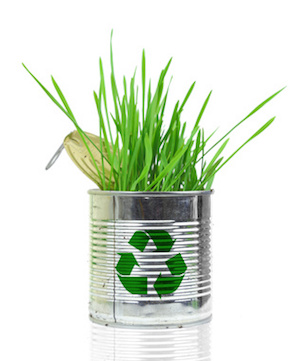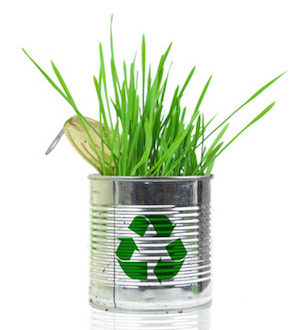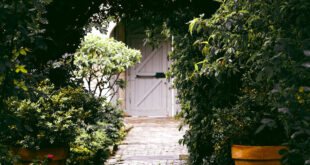
It’s encouraging to have the shortest day of the year behind us – psychologically having the days a little lighter is a good thing. To celebrate the passing of the shortest day, the oily rag crew are heading off into the garden. See if any of their ideas will be helpful in yours!
Mary has a little trick for winter gardening. “We have a number of raised garden beds. This is an ideal base to add a mini green house. We built one that was only about 500mm high with a sloping lid which can be propped up using some old casement stays we had in the shed (my hubby never throws anything out!). It’s perfect for winter greens, and a great way to utilise beds that would otherwise sit empty over winter.”
Speaking about beds sitting idle over winter, if you have unused space in your garden, why not grow a green nitrogen crop like lupins and mustard – it’s a great way of adding goodness into a new garden ahead of spring planting.
For many oily rag gardeners comfrey is an essential part of their gardening regime. The leaves are rich in nutrients and break down quickly in a compost bin. To make a comfrey fertiliser soup, half fill a container with comfrey leaves and top it up with water. Cover and let it brew for a month or so. It’s quite powerful so dilute it before applying to plants. If you plant comfrey under fruit trees, it will draw up nutrients from deep within the soil.
Now is also a good time to tend to last year’s strawberry plants, by removing the runner plants which can then be planted. If your plants are a few years old it may be worth replacing them. The best runners are the ones closest to the mother plant. It is good practice to replace about a third of your plants every year, starting with the weaker or older ones. That means you should always have a good rotation and full crops. Strawberries also suit being planted in large pots, so if you have an excess of runners that’s a good way to use them. One oily ragger has written to us to say they are using their runners to create a vertical garden by hanging pots of strawberry plants on a wall in their garden.
Now is also the time to plant fruit trees, and to prune those that have already fruited. In the garden, you can plant cabbage, peas, cauliflower, winter lettuce, broccoli, spinach and silver beet. And don’t forget that bulbs in containers can provide a wonderful low cost and low maintenance spring flower display for year after year!
Bev has responded to last week’s column about fire ash as a garden fertiliser. “There are a couple of kitchen waste products that are also good fertilisers for the garden. Egg shells are high in calcium so do the same job as lime. I store the shells for a week then bake them for about 20 minutes in a moderate oven (after the roast comes out). I grind them up into a fine powder and spread directly over a garden bed. Coffee grounds are another. They have high nitrogen content so I spread them on leafy crops or add them to our compost bin.”
Those great tips from Bev have given us an idea – why not see if your local coffee shop has grinds available for free. It means they will not have to pay for the cost of disposal and you will have free fertiliser.
Bev’s letter also reminds us that quite a few containers are needed in the kitchen for food waste: one for pet food, another for the chickens, and yet others for eggs shells, coffee grounds, the worm farm, the compost bin, and so on.
John recycles tin cans. “Instead of throwing out tin cans I punch some holes in the bottom and use them as plant containers for herbs. I have them sitting on a sunny spot in the kitchen.” Painted bright colours, they are also good for a kid’s garden.
John also has a tip for raised gardens. “I make them, out of discarded pallets. There is a business not far from us that puts them outside their premises for people to have free. I dismember them and re-cut the timber to suit. The result is a raised garden about 800mm by 500mm by 300mm high. It takes about three pallets to make each one. The timber is not treated so it will not last forever, but the price is right (!) and there is no shortage of them.”
We would love to hear from you with tips or questions to share with readers, so please contact us via our website at oilyrag.co.nz or by writing to Living off the Smell of an Oily Rag, PO Box 984, Whangarei.
By Frank and Dr Muriel Newman. Read more here.










Join the Discussion
Type out your comment here:
You must be logged in to post a comment.